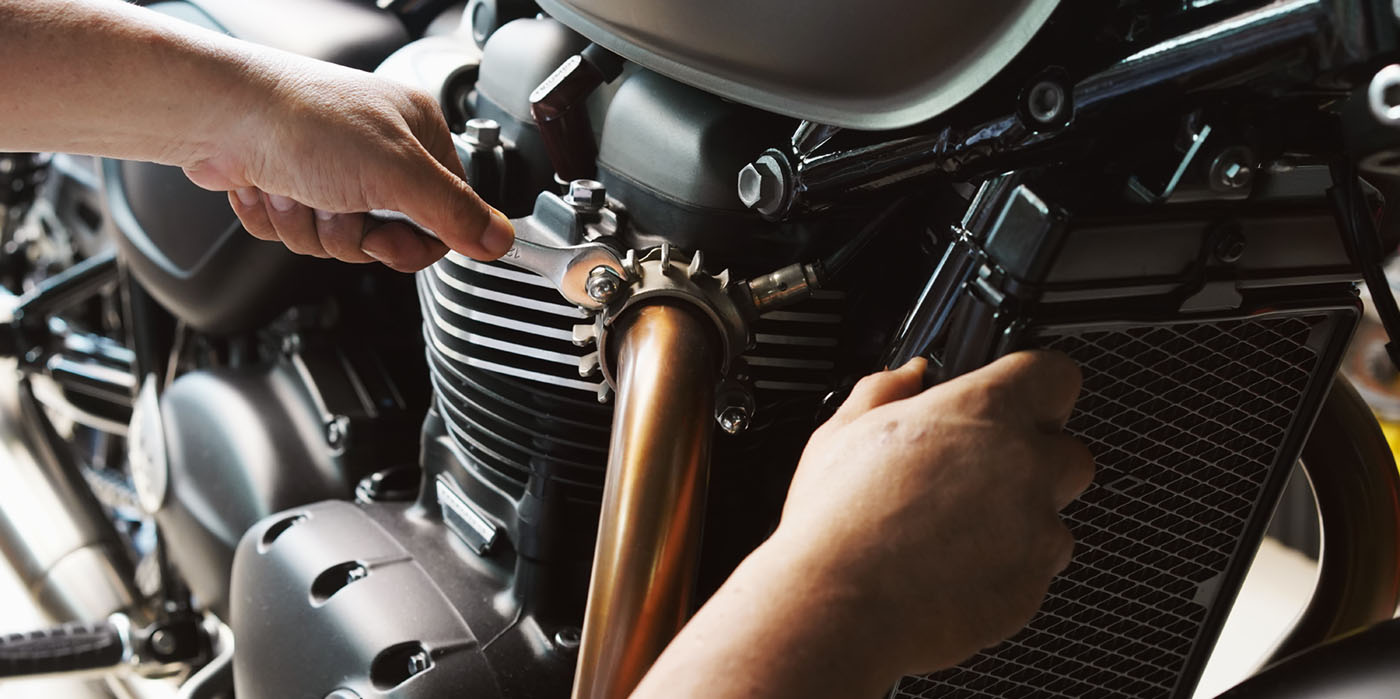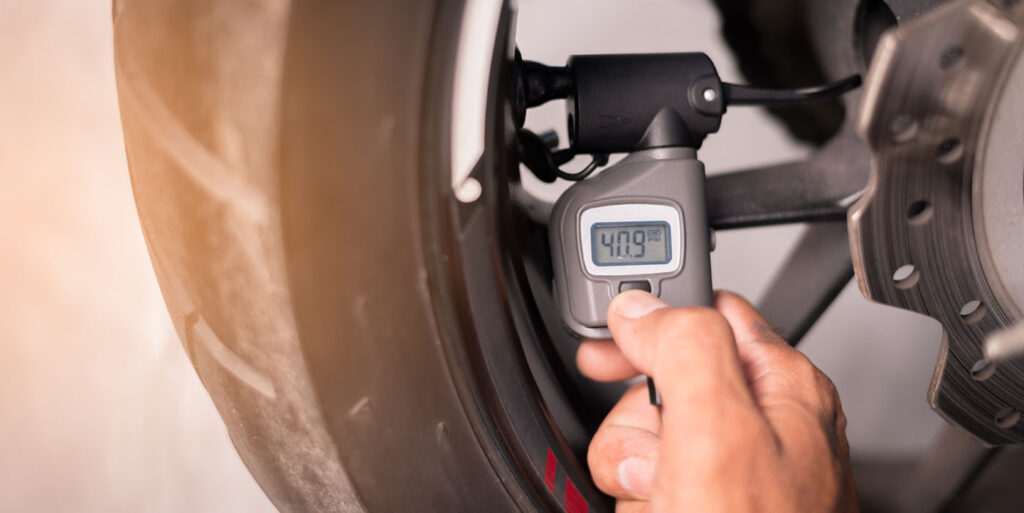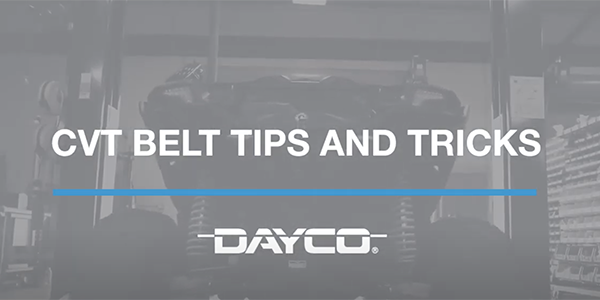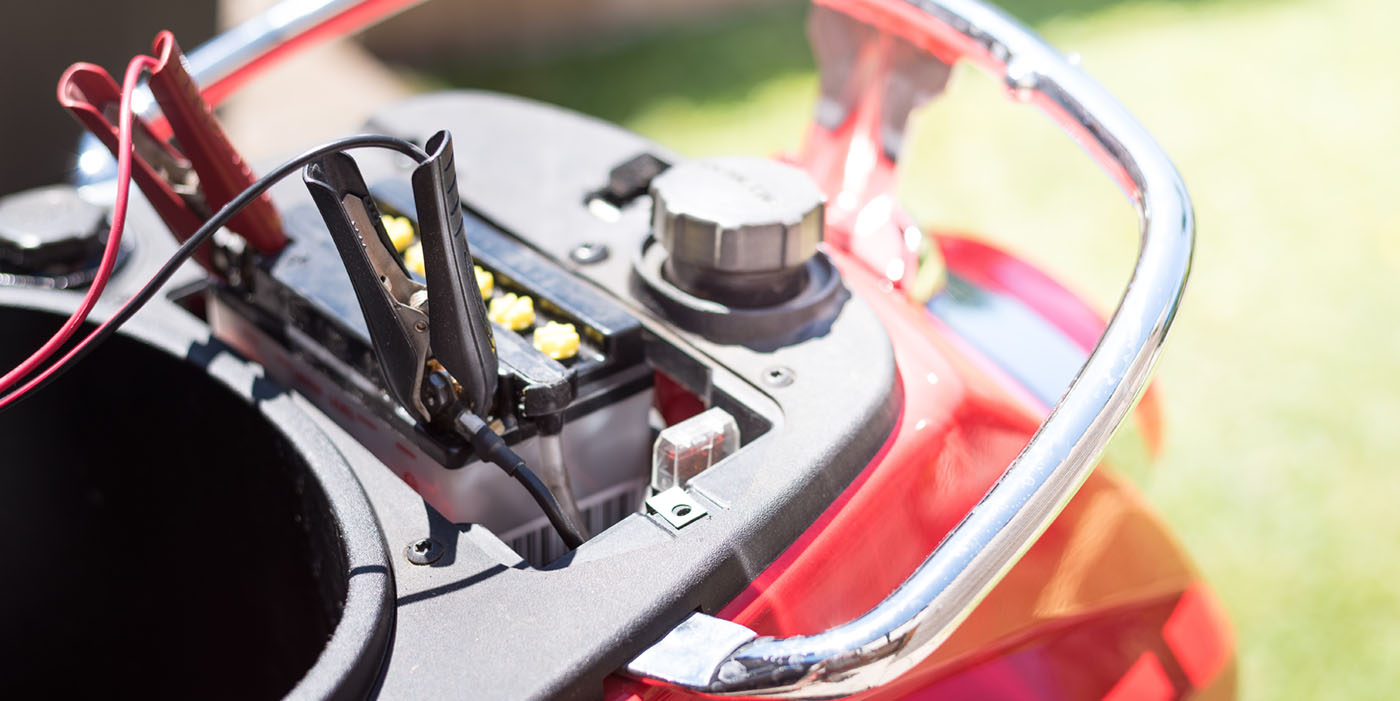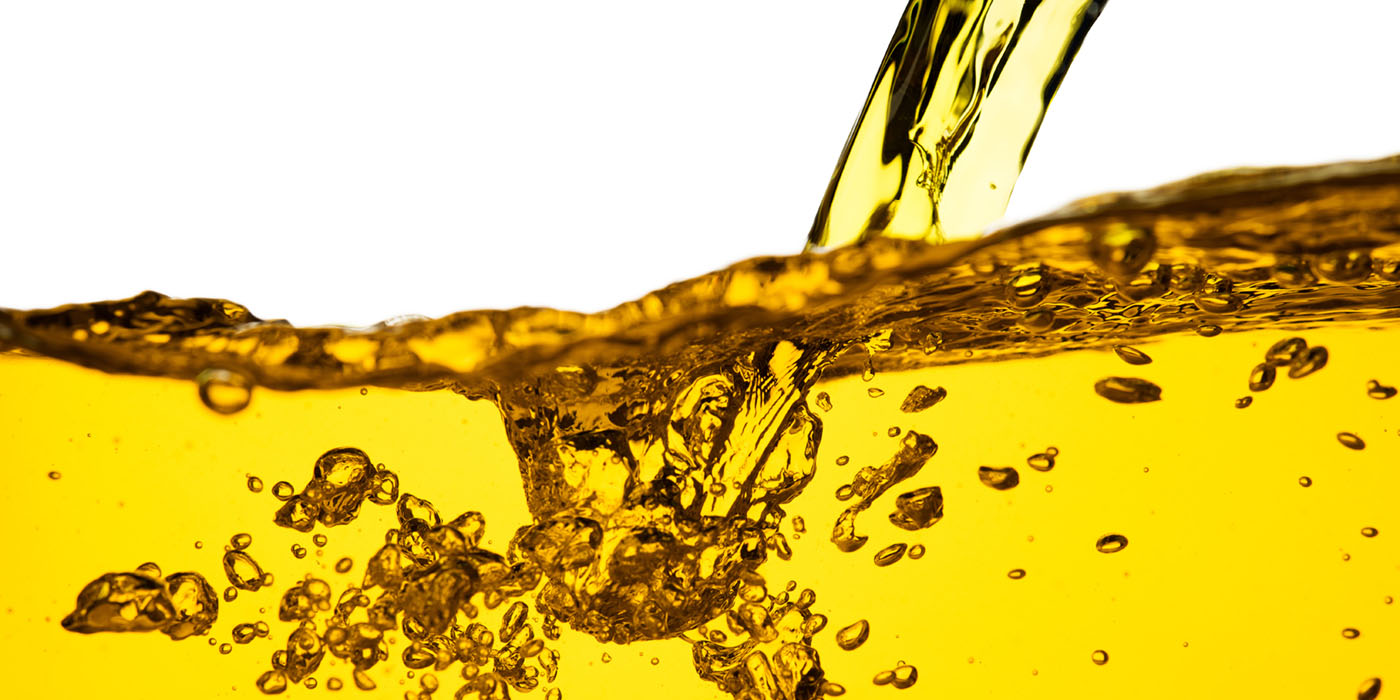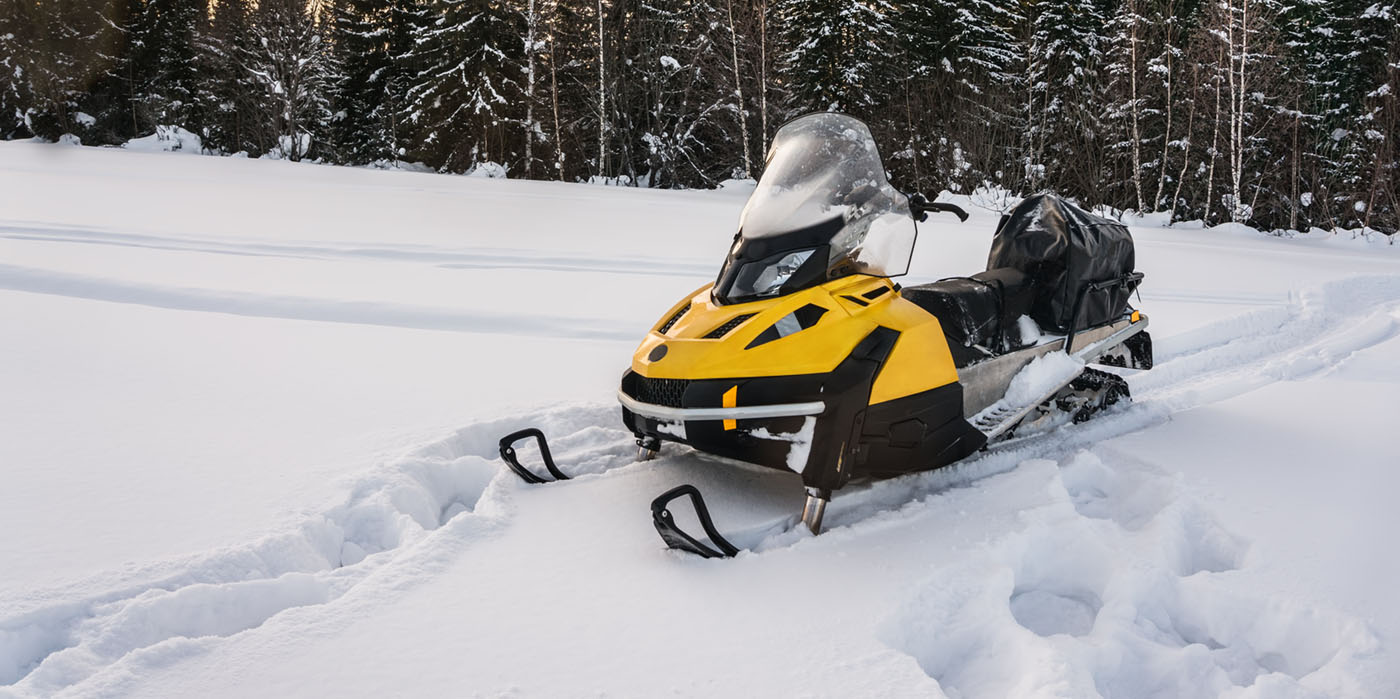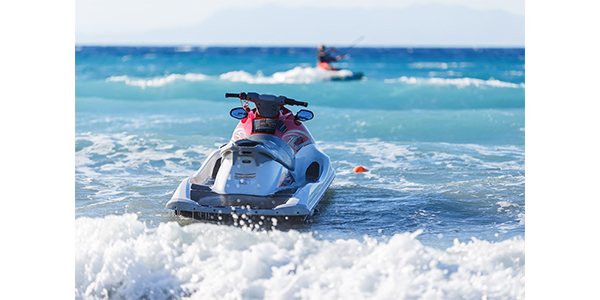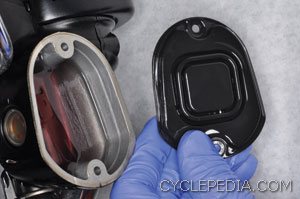
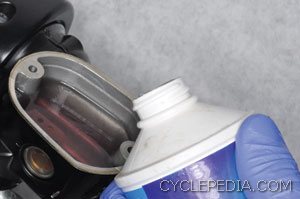
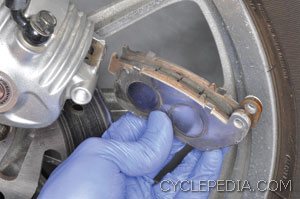
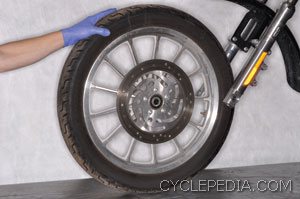
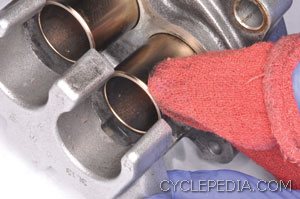 Tire changes and brake work are the bread and butter of many service departments. This month, we’ll focus on brake tech tips to ensure your technicians are providing a safe and complete brake service taking advantage of upselling opportunities.. The photos featured are examples from the Cyclepedia.com Harley-Davidson Sportster online service manual.
Tire changes and brake work are the bread and butter of many service departments. This month, we’ll focus on brake tech tips to ensure your technicians are providing a safe and complete brake service taking advantage of upselling opportunities.. The photos featured are examples from the Cyclepedia.com Harley-Davidson Sportster online service manual.
Tip 1: Fluid Check
When a street bike rolls in for a new set of tires, most good techs will check out the brake pads to see if they need to replaced. This is a good start, but another important and often neglected component of the brake system is the fluid. Most bikes and ATVs call for the brake fluid to be replaced and bled every two years or if the feel becomes soft and spongy.
Under most circumstances, the brake fluid will not deteriorate to the point of becoming unusable in two years. However, if the brake fluid is allowed to stay in the system for an extended period of time, it will begin to crystallize. Eventually the hydraulic components will become locked up and no longer function. This is why the caliper pistons will refuse to move on a bike that has been in storage for years. Once the crystallization has set in, the brake system will be in need of a total overhaul.
Anytime a vehicle comes in, check the feel of the hydraulic brakes and ask when the last time the brake fluid was changed. Explain why this is needed and show them the maintenance chart for the model. If they opt in, it’s good for you, the machine and the customer’s safety. If the customer puts it off, let them know it should be done as soon as possible.
When changing the brake fluid, remember to use fresh fluid from a sealed container. Double-check the type of fluid. Most will use the standard DOT 4, but some manufacturers such as KTM and Harley-Davidson call for a specific fluid. Often, this is imprinted on the top of the master cylinder, or you may need to consult a model-specific service manual like the online manuals found at Cyclepedia.com.
Tip 2: Disc Check
When a bike comes in for service, check the condition of the brake discs. Most manufacturers give a service limit on thickness as well as warp. Many times, a warped disc can be detected by a quick spin of a free floating wheel. Replacing defective brake discs is beneficial to all parties.
Tip 3: Keep It Clean
In addition to paid services, there are also some steps you can take to provide an overall better service to your customer. When the brake pads are being inspected go ahead and clean the grime off of the caliper pistons. If new pads are installed, thoroughly clean the pistons to avoid pushing debris into the piston seals when the new thicker pads are installed.
When new pads are installed, always clean the pad pins and apply a light coat of silicone brake grease to the sliding surface of the pin. This will ensure the pads will move smoothly. This also will make the job easier the next time around.
Taking these extra steps on common brake work is a great way to earn the trust of customers and keep their machines performing well. Additionally, you can produce extra income for the service and parts departments. The machine is already in your shop — make the most of it for the customer and your business.
Brought to you by the people at WWW.CYCLEPEDIA.COM, Cyclepedia Press LLC painstakingly publishes online service manuals for many popular ATVs, motorcycles and scooters. Our full-color, online product is the first of its kind in the powersports industry. We provide our customers with service information now, not in 3-5 days shipping time. Our time and money saving, online manuals are a great compliment to an Authorized Factory Service Manual.



